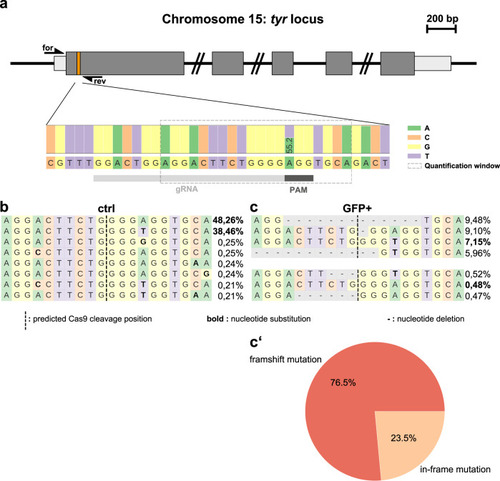- Title
-
Cre-Controlled CRISPR mutagenesis provides fast and easy conditional gene inactivation in zebrafish
- Authors
- Hans, S., Zöller, D., Hammer, J., Stucke, J., Spieß, S., Kesavan, G., Kroehne, V., Eguiguren, J.S., Ezhkova, D., Petzold, A., Dahl, A., Brand, M.
- Source
- Full text @ Nat. Commun.
|
|
|
|
|
|
|
EXPRESSION / LABELING:
PHENOTYPE:
|
|
EXPRESSION / LABELING:
PHENOTYPE:
|
|
|






